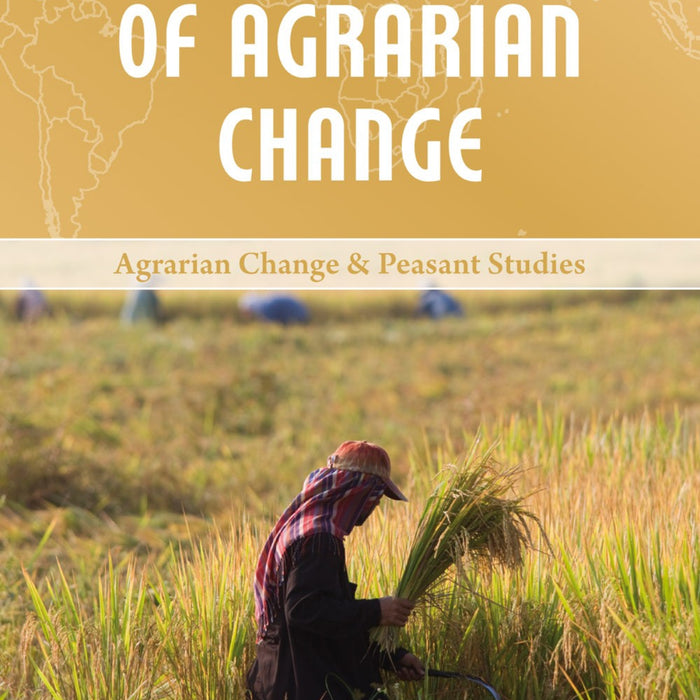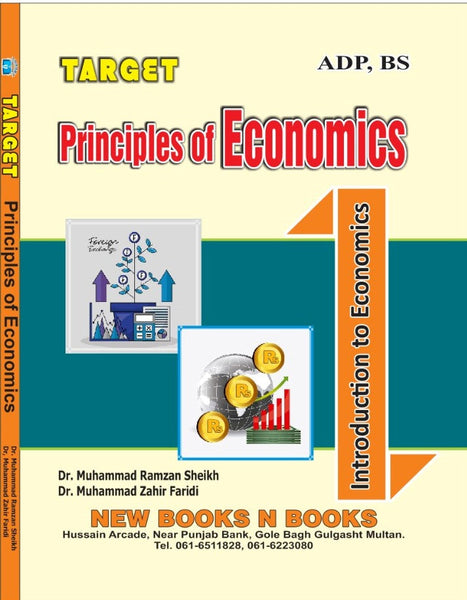Class Dynamics of Agrarian Change by Henry Bernstein (Author)
- Publisher: SOCIOLOGY
- Availability: In Stock
- SKU: 47647
- Number of Pages: 156
Rs.490.00
Rs.695.00
Tags: Agrarian Capitalism , Agrarian Change and Development , Agrarian Marxism , Agrarian Movements , Agrarian Political Economy , Agrarian Transition , Agricultural Commodification , Agricultural Production , best books , Best Price , Best Selling Books , Capitalist Farming , Class Dynamics of Agrarian Change , Corporate Farming , Food Sovereignty , Food Systems , Global Food Chains , Global South Agriculture , Globalization and Agriculture , grarian Change and Peasant Studies Series , Henry Bernstein , Industrial Agriculture , Land Dispossession , Land Grabbing , Land Reforms , Land Tenure , Neoliberal Agriculture , ONLINE BOOKS , Online Bookshop , Peasant Differentiation , Peasant Resistance , Peasant Studies , Political Economy of Agriculture , Rural Class Struggles , Rural Development , Rural Inequality , Rural Poverty , Rural Sociology , Small Farmers , Subsistence Farming
Class Dynamics of Agrarian Change
Agrarian Change and Peasant Studies Series
Author: Henry Bernstein
Introduction
This book provides a critical analysis of how class structures shape agrarian transformation in different parts of the world. Henry Bernstein explores the role of capitalism in agricultural development and examines how various social classes—peasants, landlords, laborers, and capitalists—interact within agrarian economies. It is a fundamental resource for students and researchers studying rural development, agrarian change, and political economy.
Key Points
1. Understanding Agrarian Class Structures
- Examines the different social classes involved in agrarian economies.
- Explores the impact of land ownership, tenancy, and wage labor on rural societies.
2. The Role of Capitalism in Agriculture
- Analyzes how capitalist expansion influences agrarian production and social relations.
- Discusses the transition from subsistence farming to market-driven agriculture.
3. Globalization and Agrarian Change
- Explores how international trade, agribusiness, and neoliberal policies affect rural communities.
- Discusses the consequences of agricultural modernization on small farmers and landless laborers.
4. Peasant Struggles and Resistance
- Highlights historical and contemporary peasant movements fighting for land rights and social justice.
- Examines case studies of agrarian reform and collective farming efforts.
5. Policy and Development Debates
- Critically assesses state policies, land reforms, and rural development strategies.
- Investigates the effectiveness of different models of agrarian change in improving livelihoods.
Why Read This Book?
- Provides a clear and accessible introduction to the class dynamics of agrarian change.
- Essential for students and scholars of rural sociology, political economy, and development studies.
- Offers a critical perspective on how capitalism reshapes rural economies and livelihoods.
- Useful for policymakers and activists working on land rights and agrarian reform.
Conclusion
Class Dynamics of Agrarian Change by Henry Bernstein is a vital text for understanding the social and economic transformations in rural societies. Through a class-based analysis, Bernstein sheds light on the challenges and struggles of agrarian communities in the face of global capitalist expansion.

























